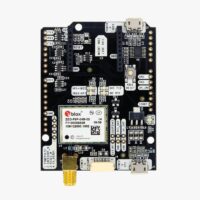
The vision of ArduSimple is to make GNSS RTK technology simple, affordable and accessible to everyone with a series of starter kits, tutorials, engineering services and OEM products.
126,00€ Original price was: 126,00€.99,00€Current price is: 99,00€.
Availability: In stock
This product comes with 2 years worldwide warranty
| Units | Price per unit |
|---|---|
| <50 | 99,00€ |
| >=50 | Contact us for special pricing |
| >500 | Contact us for special pricing |
Includes:
– Pre-configured NEO-D9C module with soldered headers (XBee socket compatible)
– Pigtail uFL to SMA-Male (20cm) so you can share one antenna with 2 receivers
QZSS is a constellation of satellites available over and around Japan. Via L6 band (L-band), these satellites provide 2 services:
If you are in this region, just:
Good to know:
– Default configuration is for CLAS. Contact us for MADOCA settings.
– This board includes u-blox NEO-D9C
– The product includes an RF-splitter so you only need 1 antenna for both your RTK receiver and the L-band receiver. If you want you can also connect to separate antennas, one for the RTK receiver and another one for the L-band receiver.
– You will need a good L-band (L6) antenna to receive the correction stream like Calibrated Survey GNSS Tripleband + L-band antenna (IP67) or Lightweight helical GNSS Tripleband + L-band antenna (IP67)
– This XBee accessory is only compatible with u-blox ZED-F9P and ZED-F9R boards (simpleRTK2B series).


The vision of ArduSimple is to make GNSS RTK technology simple, affordable and accessible to everyone with a series of starter kits, tutorials, engineering services and OEM products.
